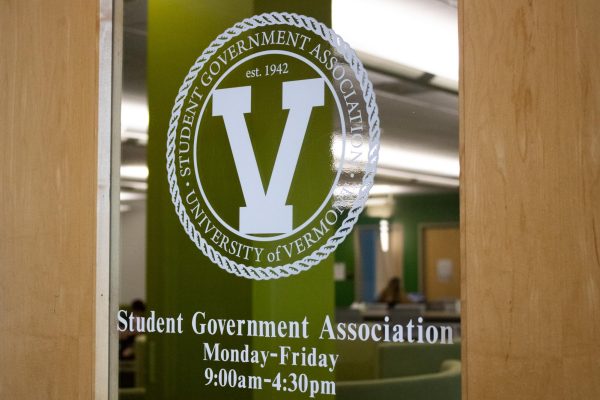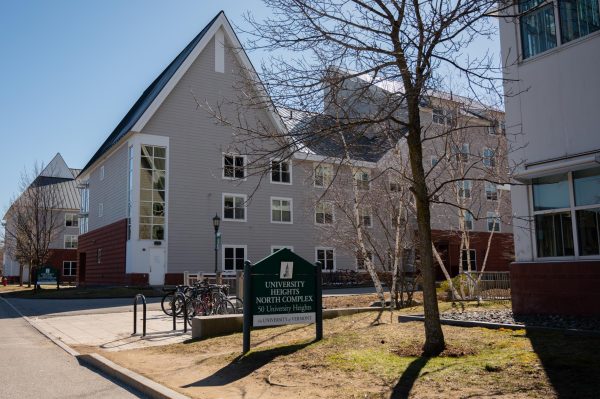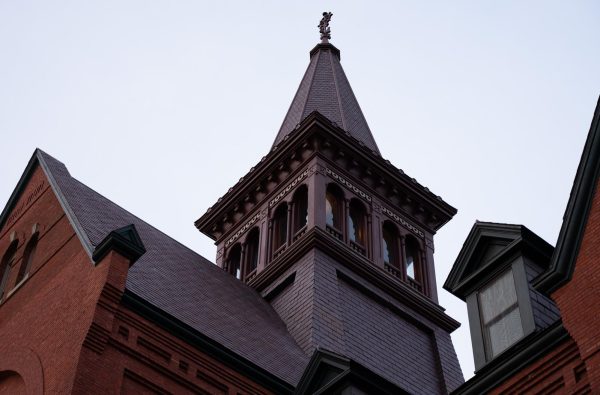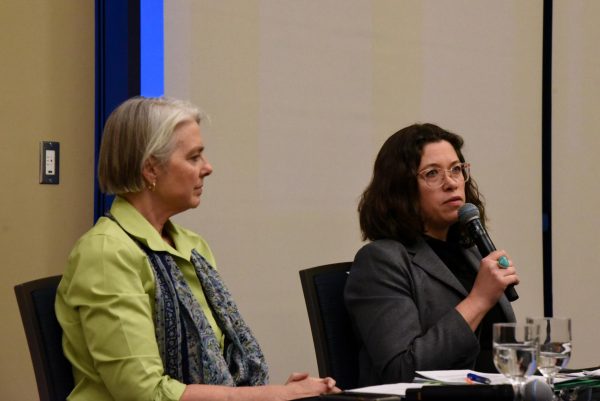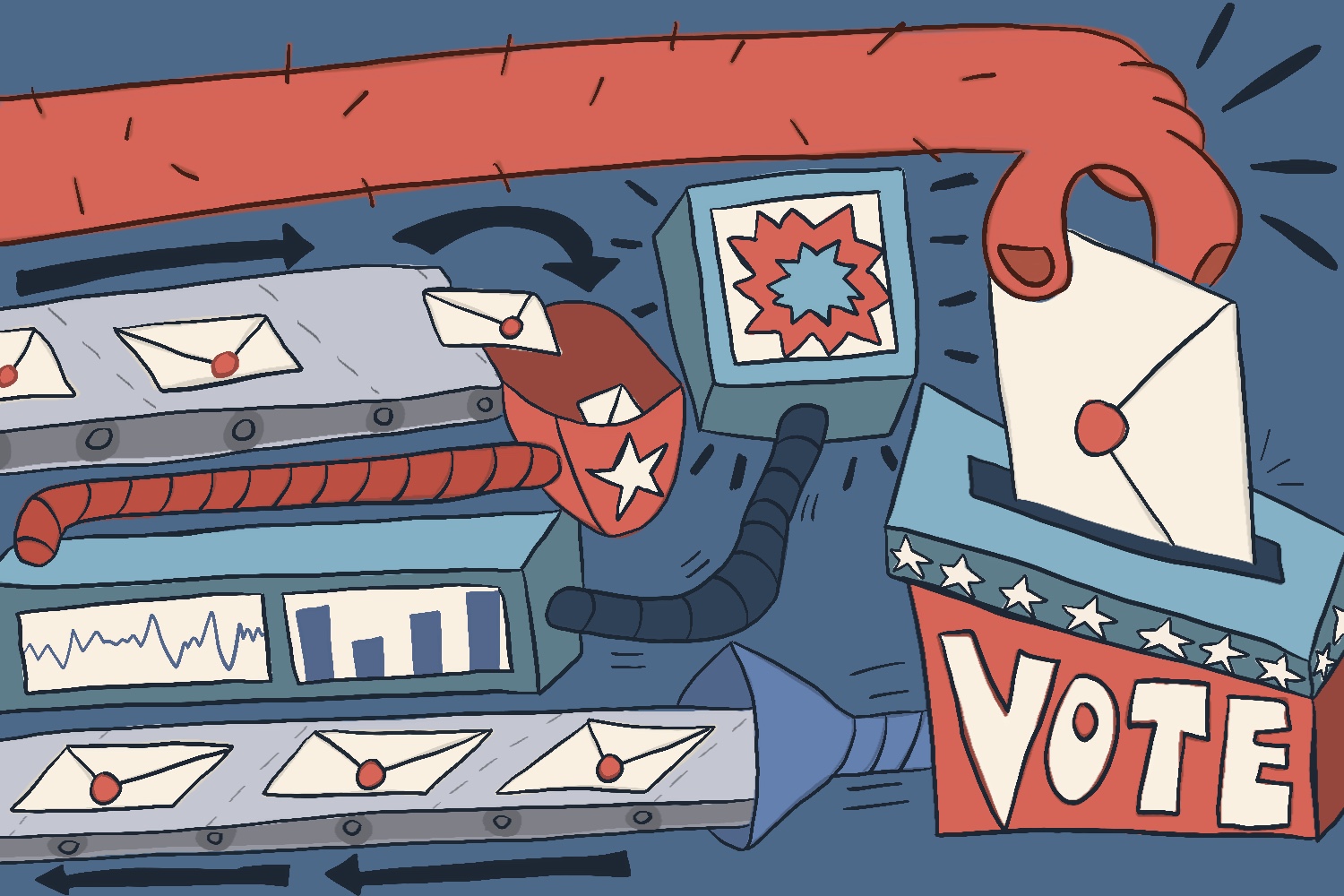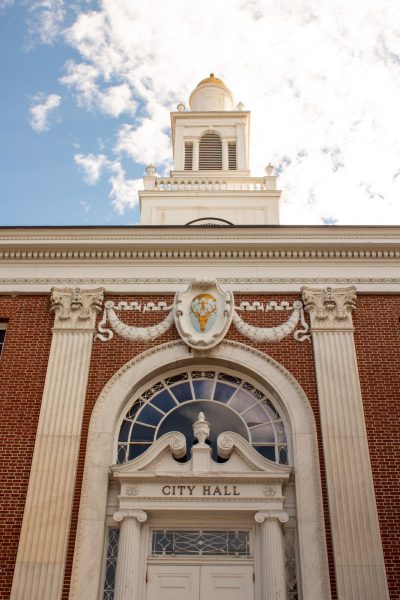President Obama passes student aid bill
March 18, 2015
President Barack Obama passed a new bill March 10 titled the Student Aid Bill of Rights as part of his policy to tackle increasing student loan debt across the country, including states such as Vermont.
As part of the bill, four rights of borrowers are listed, followed by a plan of action to ensure each right. The bill includes progress the president has already made toward lowering student debt, as well as new and current proposals of action.
“Well since I’m not directly paying for my tuition it isn’t of my greatest concern. But that being said high tuition prices are extremely troubling, not only does it not allow for poorer students to attend college, without massive debt, it also forces students to settle for the lower quality schools,” said sophomore Sean McCullen.
The bill will focus on access to affordable college education, resources needed to make necessary payments, affordable payment plans, and quality customer service, according to the White House’s website.
“I think it’s a great idea. Even though college will be worth less for those that have a degree, I think this will make college based more off merit instead of who can afford it,” said junior Allie VanSickle.
The White House held a press conference with collegiate newspapers from all over the country March 11, with Secretary of Education Arne Duncan.
“The student bill of rights the president outlined yesterday at Georgia Tech builds on the efforts of our administration that we’ve been working on for the past several years to make college more affordable and to address the issue of student debt,” Duncan said.
Vermont Senator Bernie Sanders gave a speech on college affordability last month at Johnson State College.
“In a highly competitive global economy we need the best-educated workforce possible. Yet, because of the high cost of higher education, many bright young people can no longer afford to go to college and millions of others are leaving school saddled with debt,” Sanders said.
The Project On Student Debt is an independent research organization that studies trends in borrowing student loans to pay for higher education, according to ProjectOnStudentDebt.org.
In Vermont, the average student debt is $27,318 per student, with 64 percent of college students facing student debt, according to the Project On Student Debt’s website.
To tackle repayment issues, the bill proposes a “pay-as-you-earn” system of loans, which caps federal loan payments at 10 percent of borrowers’ income.
“Many of the new pay-as-you-earn or income-based repayment plans help reduce that burden of debt, and if you go into a high-paying job you pay more money, but if you go into public service and become a teacher or join the Peace Corps or whatever it might be, you pay a lower amount,” Duncan said.
According to the bill, increased investment in Pell Grants will be made, along with tax benefits for more than 25 million families toward college education.
Between 2012 and 2013, 63 percent of UVM grads faced student debt with an average debt of $27,276. Seventeen percent of UVM students were Pell Grant recipients, according to the Project On Student Debt’s website.
“I think this bill is a step in the right direction, but if want to see any actually change in this troubling trend, then a congressional Act would be the best chance for change. The only other way to change this is if students were to boycott education which we both know wouldn’t work for a few reasons, no one would do it, we actually need the education for jobs, and no one would actually do it,” said Sean McCullen.








